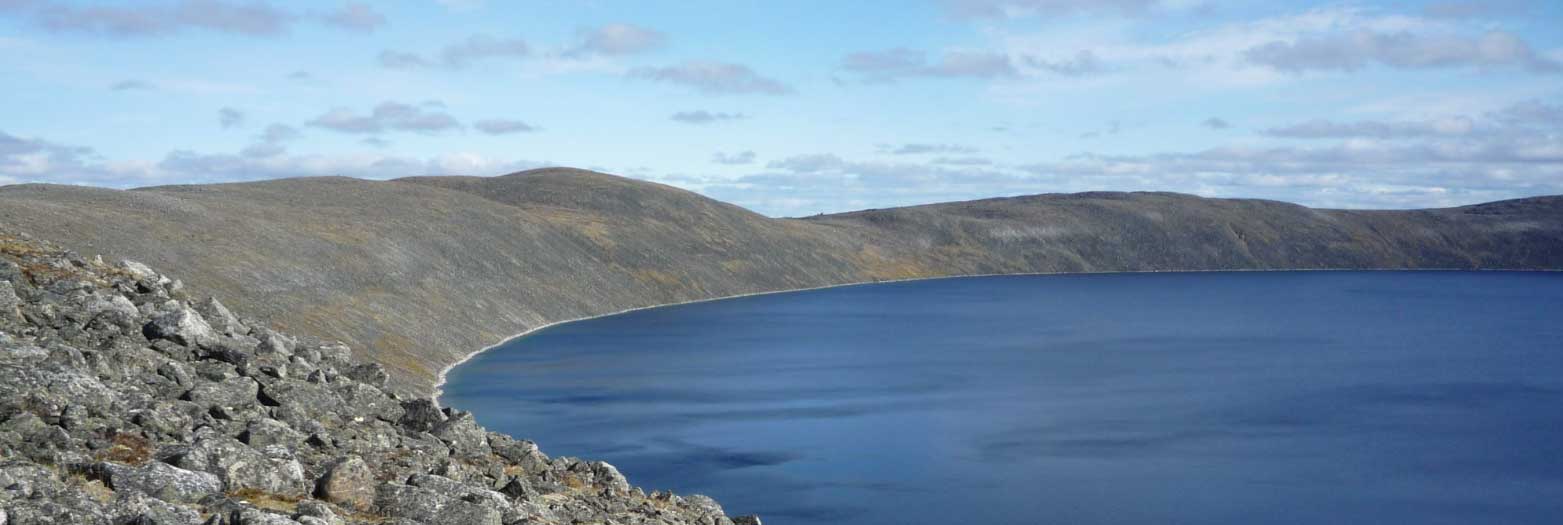
- This event has passed.
Speaker Night – Dr. Matthew J.O Svensson / The Artemis Program and the 2023 Expedition to Kamestastin Lake, Labrador
November 24, 2023 @ 8:00 pm - 10:00 pm

Talk Synopsis
Since astronauts first explored the Moon during NASA’s Apollo program, space exploration has been solidified as a crowned jewel of national achievement, a symbol of technological advancement and international cooperation. NASA’s Artemis program was established in 2017 and its inaugural flight, Artemis I, performed an uncrewed flyby of the Moon in 2022. With the planned launches of Artemis II and III in 2024 and 2025, respectively, the return of humans to the Moon is forthcoming. Artemis II will fly the first woman and the first Canadian to the Moon, performing a flyby and returning to Earth. Subsequently, Artemis III is planned to facilitate the first landing of humans on the lunar surface since Apollo 17 in 1972. In preparation of this endeavor, a multinational and interdisciplinary team of astronauts, scientists and engineers visited the Kamestastin (Mistastin) Lake impact structure in Labrador, Canada, in early September 2023. The rocks at Kamestastin Lake are mainly anorthosite, a relatively rare rock-type on Earth, but a rock-type that comprises most of the Moon. Additionally, by virtue of also being an impact structure, Kamestastin Lake is an ideal training ground for lunar exploration. Guided by members of the Innu Nation, the team explored key sites at this impact structure, trialing lessons and exercises with astronauts in the field. Here, we provide an exposition of this journey, an important step in the historic return of humans to the Moon.

Bio: Dr. Matthew Svensson is a planetary scientist with a passion for exploring the origins of life and the resources of the solar system beyond Earth. Matthew’s fundamental training is in geology, focused on the impact cratering process and the nature of the rocks and minerals that it creates on the Earth, the moon, and Mars. He studies how diverse environments created in the aftermath of impact events, such as crater lakes and hydrothermal systems, can be suitable for microbial life and explores the many possible roles of clay minerals in this process. Matthew also contributes to refining workflow strategies for astronaut-based geological surveys of the lunar surface and for rover operations on the moon and Mars. Contributing a perspective grounded in geology, Matthew endeavors to advance our understanding of life and to push the frontier of crewed solar system exploration.
